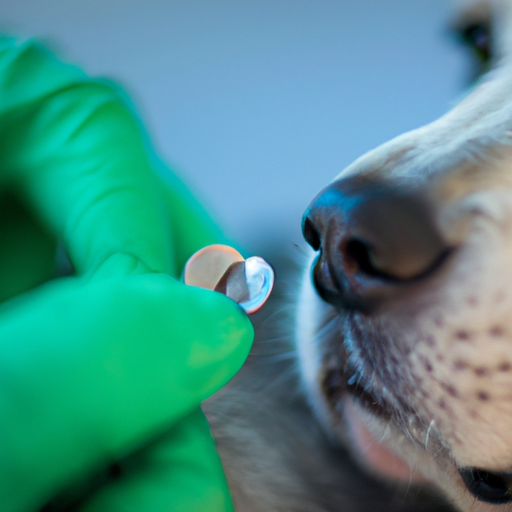As a caregiver to your furry friend, you might wonder, where do microchips go in dogs? This article provides an in-depth exploration of this topic, shedding light on the importance of microchipping, the procedure, location of insertion, and frequently asked questions. The ultimate aim is to equip you with the knowledge to make an informed decision for your pet’s safety and well-being.
Key Takeaways:
- Microchips are a crucial tool for pet identification.
- The procedure is quick, simple, and relatively painless.
- Microchips are typically placed under the skin between a dog’s shoulder blades.
- Regular scanning of the microchip is necessary to ensure it’s functioning and hasn’t migrated.
- It’s essential to keep your contact information updated in the microchip registry.
Table of Contents
- The Importance of Microchipping Your Dog
- The Microchipping Procedure
- Where Do Microchips Go in Dogs?
- Maintaining Your Dog’s Microchip
- Frequently Asked Questions
The Importance of Microchipping Your Dog
Microchipping is a permanent method of electronic identification of pets. Unlike collars and tags that may break, fall off, or be removed, microchips are a more secure form of identification. According to the American Veterinary Medical Association, microchipped dogs are significantly more likely to be returned to their owners if they get lost.
The Microchipping Procedure
The procedure of microchipping is quick, simple, and causes minimal discomfort to your pet. It’s similar to a vaccination shot and doesn’t require anesthesia or a lengthy visit to the vet. The microchip, a small device roughly the size of a grain of rice, is inserted using a sterile needle and syringe.
Where Do Microchips Go in Dogs?
Microchips are typically placed under the skin, between your dog’s shoulder blades. This location is chosen because it’s a large area with loose skin, making the procedure easier and less painful. Furthermore, this placement minimizes the likelihood of the chip migrating, which can occur if the chip is placed in a muscular area.
Maintaining Your Dog’s Microchip
Once the microchip is in place, it’s essential to register it with a microchip registry and keep your contact information updated. It’s also a good practice to ask your vet to scan the chip during regular checkups to ensure it’s functioning properly and hasn’t migrated. One Top Dog offers additional tips on maintaining your pet’s microchip.
Frequently Asked Questions
1. Is microchipping painful for dogs?
The procedure is similar to a vaccination shot and causes minimal discomfort. Most dogs don’t react any more to microchipping than they do to a regular vaccination.
2. Can microchips in dogs move?
While uncommon, microchip migration can occur. Regular scanning during vet visits can help ensure the chip is still in place and functioning properly.
3. How often should I update my dog’s microchip information?
You should update your dog’s microchip information whenever your contact details change. It’s also wise to check your information annually to ensure it’s correct.
4. How much does it cost to microchip a dog?
The cost can vary, but it’s generally affordable. Many animal shelters include the cost of microchipping in their adoption fees. This article from One Top Dog provides more detailed information about the costs.
5. Can microchips in dogs cause cancer?
There have been rare cases reported where a dog developed a tumor at the microchip site. However, the American Veterinary Medical Association states that the benefits of microchipping far outweigh the risks.
In conclusion, microchipping is a simple and effective way to keep your pet safe. The procedure is quick, relatively pain-free, and provides a permanent means of identification for your furry friend. For more information on pet safety and care, explore other topics on One Top Dog.



